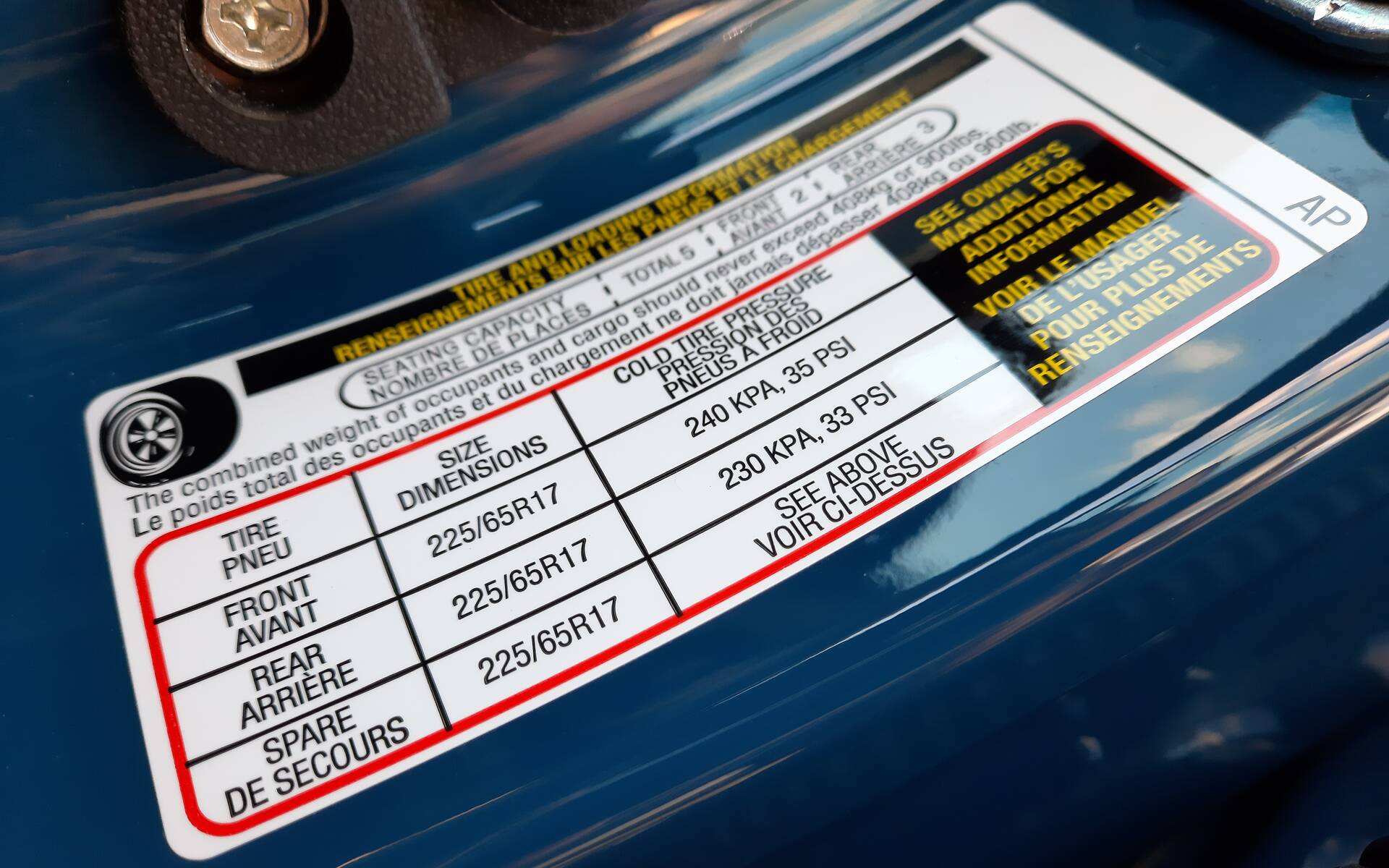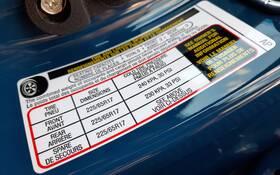Tire Pressure Explained
Have you ever wondered what criteria car manufacturers use to determine the tire pressure for each of their vehicles? And why, for example, there may be differences between the front and rear wheels?
These questions are very important, since tire pressure has a direct impact on wear, but also on the vehicle's handling and fuel consumption.
As you probably know, all vehicles have a manufacturer recommended air pressure rating. This information is usually found on a sticker inside the driver's door, as well as in the owner's manual.

Tire pressure is officially measured in kilopascals (kPA). However, the most common unit in North America is pounds per square inch (PSI). When providing their recommendations, automakers consider several factors, but the three main ones are the weight of the vehicle, its load capacity, and the size of the tires.
If you see a higher pressure in the front than in the rear, it's because most vehicles have more weight on the front end because of the engine and transmission. Otherwise, the pressure would be equal in all four corners.

Secondly, it is important to know that the optimal pressure may vary if you decide to replace the tires with new ones of a different size. In this case, you should consult with the dealership or a tire specialist to find the right pressure rating.
Finally, remember that it is important to check your tire pressure regularly, at least once a month. The outside temperature and monthly mileage can cause variations. An under-inflated tire affects driving and safety, not to mention that the increased rolling friction causes the engine to work harder and require more fuel. Also, remember to rotate your tires at least once a year, a quick and easy procedure that will help extend their lifespan.











